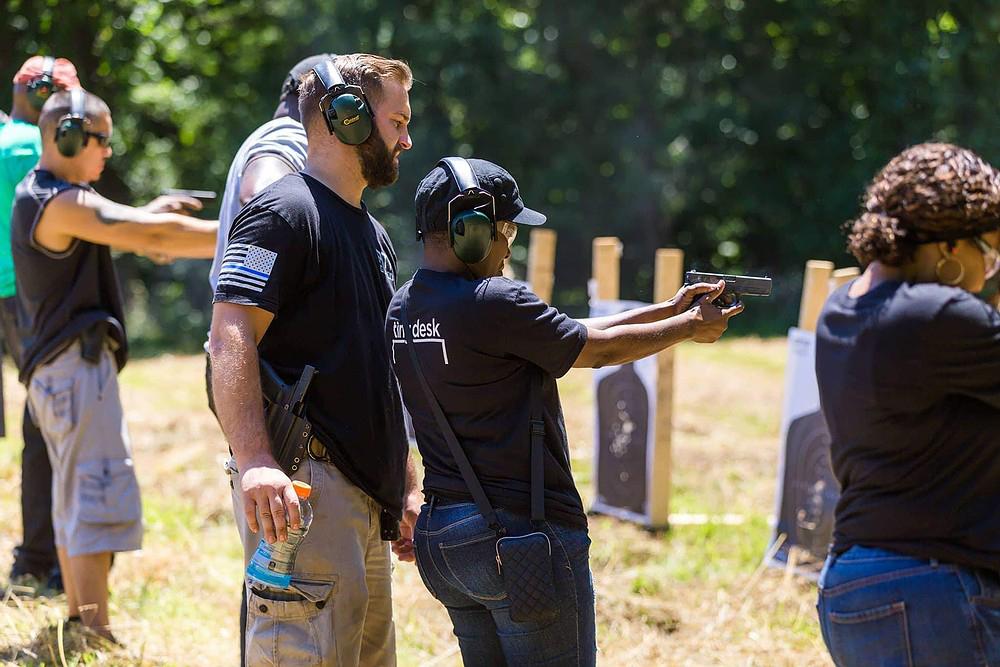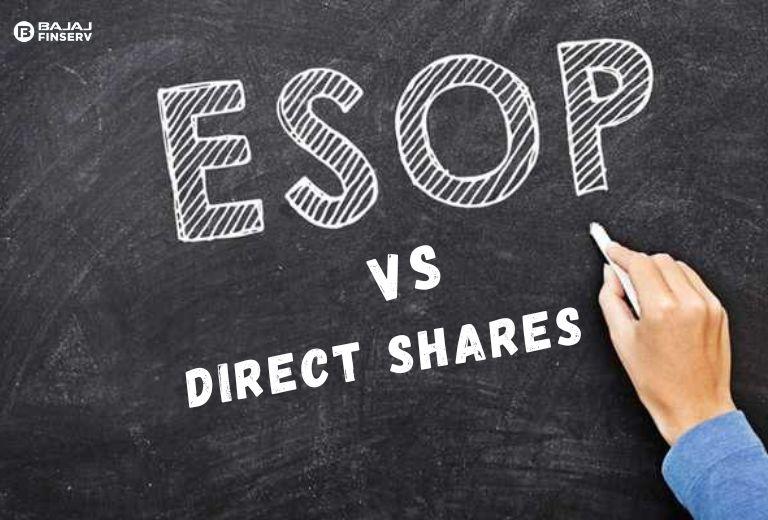From Idea to Audience: The Comprehensive Guide to Film Production
Consider the time it takes to watch a movie. You can enjoy a movie in just a few hours, if that’s all the time you have. However, creating a movie is not nearly as swift as watching one. Filmmakers engage in a highly collaborative process when they make a movie. They work within a complex system, where people collaborate from the planning stages to the creation stage. Filmmakers refer to these as the three distinct stages of film production, which are:
1. Pre-Production
2. Production
Pre-Production – Plan or Fail
Planning and preparation before starting the movie shooting are crucial during the pre-production phase. In the industry, it’s known as “Pre-Pro” and requires a significant amount of time and effort, especially for major productions. The goal is to formulate an actionable strategy considering various factors to express the vision of your film.
Every film originates from an idea, whether it’s an original concept, an intellectual property license, a book, a play, or a script. If you’re using an existing work, you must secure the legal rights to produce that work.
Finding Your Story and Fundraising:
Filmmaking involves both a creative process and a business aspect. You are not only trying to tell a story that resonates with your audience, but you are also aiming to generate enough revenue to cover your investments and achieve a profit.
Any project in its early stages requires fundraising. You can utilize online fundraising campaigns to obtain donations, attract investors, or secure studio backing.
Planning and Preparation – The Key to Success
Once you’ve crafted a story and secured funding, it’s time to start planning! Let’s explore the planning steps one at a time.
1. Budgeting: The producer(s) will prioritize production needs by creating a spending plan.
2. Securing Cast & Crew: The production team will conduct casting calls and hire crew members for the film.
3. Pre-Visualization: The team will define the film’s look by using lighting, design, and breaking down the script into coverage.
4. Locations: Determine whether you’ll be shooting on location or building sets on sound stages.
5. Production Design: Plan, construct, and acquire all the design elements that will appear on screen.
6. Scheduling: Decide what, when, and who will be needed on each production day.
7. Rehearsals: The director will closely collaborate with the cast and crew to prepare them for their characters.
8. Practice Staging of the Scenes: The director will assist the cast and crew in preparing for their characters’ stagings.
You can learn more about what and how coverage is used by signing up and taking our Art of Filmmaking Basic’s course with Rtist.studio!
Production – Spend and Execute
Principal Photography, also known as Production, occurs when the filming takes place; it can last for days, weeks, or even a year or more on some high-profile films. Despite all the planning that goes into it, every department head needs to have flexibility and the ability to adapt. Filmmakers have a mantra: “Murphy’s law,” “anything can happen,” and “everything goes wrong.” Even the most well-constructed plans encounter problems. But with well-thought-out Pre-Production planning, filmmakers will have a better understanding of the story they’re working on and the backup tools they’ll have to deal with production issues.
At the end of each filming day, each film department head needs to cross-check their alignment with their daily production goals, which can lead them to change plans for the following day.
Post Production – The Fine Tuning
Upon completion of Principal Photography, Post-Production begins! Picture and sound will come together in the editing, often called the final rewrite of the film. The magic and power of Post-Production almost always contribute to evolving the original screenplay into a better story. Like production, post-production has several phases that bring the film to its final form, also known as a deliverable.
Picture and Sound Editing
Editing is not just about piecing the footage together to tell a story. It’s a process requiring constant review, revision, and evolution before it is complete. As the edit progresses, it goes through several stages:
1. The Editor forms Roughcut as the first impression of the director’s vision.
2. The Editor and Director engage in a higher level of cooperation during Fine Cut as they rework the story to the final presentation.
3. The Editor and Director will not modify the picture edit during Picture Lock.
4. During Finishing, the Editor and Director apply final touches to Graphics, Visual Effects, Sound, and Color.
5. The film is finished and ready to view in Final Cut!
Marketing and Distribution Your Film Masterpiece
I mentioned earlier that a film needs to recoup its costs to make a profit. Gaining audience and sales is an important part of marketing. A marketing team creates marketing plans, including social media, advertising, film trailers, promotional materials, press releases, and other media coverage, to reach a specific audience. In many cases, a film spends as much as half of its budget on marketing.
Nowadays, a movie can find viewers in many ways. The ways in which the public sees a movie are distributions. This includes theatrical releases, TV, streaming services, and more. Technological advances are continually changing the way a movie is distributed.






